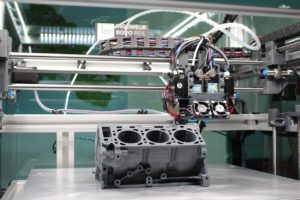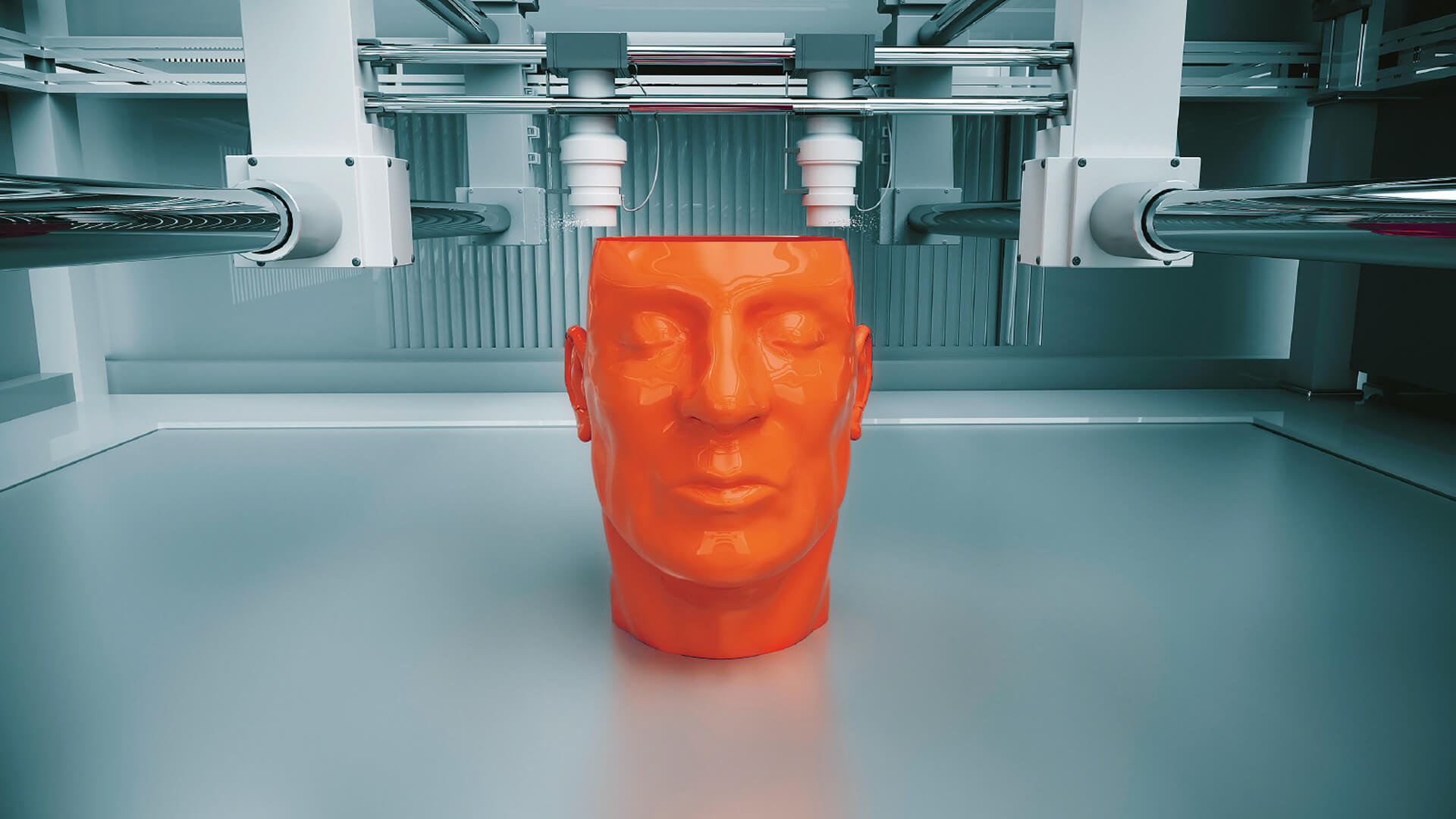In the ever-evolving landscape of industry and creativity, 3D printing stands as a beacon of innovation, transforming concepts into tangible realities. “Crafting the Future: The Role of 3D Printed Tech in Industry and Creativity” delves deep into the multifaceted ways in which 3D printing is reshaping traditional industries and fueling creative expression across the globe.
At its core, 3D printing represents a departure from conventional manufacturing techniques. Traditionally, industries were bound by the limitations of subtractive manufacturing, where material was carved away from a solid block to create the desired shape. 3D printing, however, operates on the principles of additive manufacturing, where material is layered precisely, building the object from the ground up. This fundamental shift has unlocked a world of possibilities, enabling the creation of intricate, customized, and previously unimaginable designs.
In the realm of industry, 3D printing has become synonymous with efficiency and innovation. Prototyping, a vital phase in product development, has been revolutionized by 3D printing technology. Rapid prototyping allows engineers and designers to iterate and test designs swiftly, reducing time-to-market significantly. The ability to create prototypes on-demand has streamlined the product development cycle, empowering industries to bring new ideas to fruition faster than ever before.
Moreover, 3D printing has disrupted traditional supply chains. The technology facilitates localized manufacturing, eliminating the need for vast warehouses and extensive transportation networks. This shift towards decentralized production not only reduces the environmental impact but also fosters economic growth by promoting local industries and small-scale enterprises.
Beyond the realms of industry, 3D printing has permeated the sphere of creativity, redefining the boundaries of artistic expression. Artists, designers, and craftsmen are embracing 3D printing as a medium to translate their visions into reality. Sculptures that were once painstakingly carved from stone or molded from clay can now be intricately crafted layer by layer, capturing details and intricacies with unparalleled precision.
Jewelry design, too, has been revolutionized. 3D printing allows jewelers to experiment with complex and intricate designs that were previously unachievable through traditional methods. Customization reaches new heights as individuals can now wear jewelry pieces crafted specifically for them, reflecting their unique personalities and tastes.
Fashion, another realm deeply influenced by 3D printing, has experienced a paradigm shift. Designers are pushing boundaries, creating avant-garde fashion pieces that challenge traditional notions of attire. 3D printed garments, shoes, and accessories have graced runways, captivating audiences with their innovative designs and futuristic aesthetics. The intersection of technology and fashion has birthed an era where wearables are not just adorned; they are experienced.
In the medical field, 3D printing is transforming healthcare practices and patient outcomes. Custom prosthetics, tailored to fit an individual’s anatomy perfectly, enhance mobility and improve the quality of life for amputees. Surgical models and guides, intricately 3D printed from patient scans, assist surgeons in planning and executing complex procedures with unmatched precision, reducing risks and ensuring optimal results.
Furthermore, the technology has paved the way for bioprinting, a revolutionary concept where living tissues and organs are 3D printed using bioink composed of living cells. While still in the experimental stages, bioprinting holds the promise of addressing the global organ shortage crisis, potentially saving countless lives in the future.
The impact of 3D printed tech in education is equally profound. Students and researchers can access 3D printing facilities, encouraging innovation and hands-on learning. STEM (Science, Technology, Engineering, and Mathematics) education benefits immensely, as students can visualize complex concepts in 3D, fostering a deeper understanding of abstract theories and principles.
Moreover, 3D printing is democratizing creativity. Online communities and platforms allow enthusiasts and amateurs to access a plethora of 3D designs, empowering them to bring their ideas to life without the need for extensive technical knowledge. This accessibility fosters a culture of innovation, where individuals from diverse backgrounds collaborate, share ideas, and inspire one another.
In conclusion, “Crafting the Future: The Role of 3D Printed Tech in Industry and Creativity” illuminates the transformative power of 3D printing. As it continues to push the boundaries of what is possible, 3D printing not only revolutionizes industries, making them more efficient and sustainable but also nurtures a culture of boundless creativity. The future, as envisioned through the lens of 3D printed tech, is a tapestry of innovation, where ideas are not just imagined but intricately crafted into reality, shaping a world where the extraordinary becomes the norm.

